Top Quilting Books Every Quilter Should Own
If you're a quilting enthusiast, you know that having the right resources can make all the difference in your crafting journey. Whether you're a seasoned pro or just starting out, the world of quilting is vast and filled with endless possibilities. That's why having a well-curated collection of quilting books is essential. These books serve not just as guides, but as sources of inspiration, helping you to explore various techniques, styles, and innovations within the craft. So, grab your favorite cup of tea, cozy up in your sewing nook, and let’s dive into some of the must-have quilting books that will elevate your skills and spark your creativity!
When it comes to quilting, mastering the classic techniques is like learning the ABCs of the craft. These timeless methods have been passed down through generations and are foundational for creating beautiful quilts. Books like "The Art of Quilting" provide a comprehensive overview of traditional patterns, from the charming simplicity of a log cabin to the intricate beauty of a mariner's compass. These techniques not only enhance your skills but also connect you to the rich history of quilting. Imagine wrapping yourself in a quilt that tells a story, one that has been crafted with love and skill!
As we venture deeper into the quilting universe, we encounter the exciting world of modern quilting innovations. These books showcase cutting-edge techniques that challenge the traditional norms of quilting. Titles such as "Modern Quilting: A Guide to the Newest Techniques" introduce innovative materials like improv piecing and negative space, allowing quilters to express their creativity in fresh and contemporary ways. The beauty of modern quilting lies in its ability to blend traditional skills with modern aesthetics, creating stunning pieces that are both functional and artistic.
One of the most crucial aspects of quilting is fabric selection. The right fabric can transform a simple quilt into a masterpiece. Books like "Fabric Savvy" delve into the significance of choosing the right materials, offering tips on how to select fabrics that not only fit your project's needs but also enhance its overall aesthetic. Understanding the differences between cotton, linen, and synthetic fabrics can greatly impact your quilting experience.
When considering fabric choices, quilters often find themselves debating between natural and synthetic options. Natural fabrics, like cotton and linen, are renowned for their breathability and softness. On the other hand, synthetic fabrics can offer durability and ease of maintenance. Here’s a quick comparison:
| Type | Pros | Cons |
|---|---|---|
| Natural Fabrics | Soft, breathable, eco-friendly | Can shrink, may require special care |
| Synthetic Fabrics | Durable, easy to care for | Less breathable, may not have the same feel |
Color theory is another essential topic explored in quilting books. Understanding how colors work together can drastically change the look of your quilts. Books such as "Quilting with Color" provide insights into creating harmonious color schemes that can make your designs pop. Think of colors as the spices in cooking; the right combination can elevate your quilt from ordinary to extraordinary!
No quilter's toolkit is complete without the right tools. From rotary cutters to cutting mats, having the correct equipment can streamline your quilting process and improve your results. Books like "The Quilter's Essential Toolbox" detail the must-have tools for every quilter, ensuring you are well-equipped for any project that comes your way. Imagine how much smoother your quilting sessions will be when you have everything you need at your fingertips!
For those looking to ignite their creativity, inspirational quilt pattern books are invaluable. These books offer a plethora of designs that cater to all skill levels, from beginner-friendly patterns to intricate projects for the seasoned quilter. Titles like "Quilt Inspiration" provide a variety of patterns that encourage quilters to think outside the box and experiment with their unique styles. There’s nothing quite like the thrill of completing a quilt that showcases your personal flair!
Seasonal themes can add a delightful touch to your quilting projects. Books focusing on seasonal quilts provide ideas and patterns that resonate with the spirit of each time of year. Imagine snuggling under a cozy quilt adorned with autumn leaves or a bright, cheerful design celebrating spring! These projects not only beautify your home but also bring joy and warmth throughout the seasons.
Quilting isn't just a solitary craft; it's also a way to give back to the community. Many quilting books highlight how quilters can contribute to charitable causes by creating quilts for those in need. Engaging in quilting for charity fosters a sense of community and purpose, reminding us that our craft can make a difference in the lives of others. It’s a beautiful way to stitch together compassion and creativity!
Q: What are the best books for beginners?
A: Some great beginner books include "The Beginner's Guide to Quilting" and "Quilting Basics." These titles cover essential techniques and provide easy-to-follow patterns.
Q: How do I choose the right fabric for my quilt?
A: Consider the project's purpose, desired texture, and color scheme. Books like "Fabric Savvy" offer excellent guidance on fabric selection.
Q: Can I use synthetic fabrics for quilting?
A: Yes! Synthetic fabrics can be used, but they may have different properties than natural fabrics. It's essential to understand the pros and cons of each type.
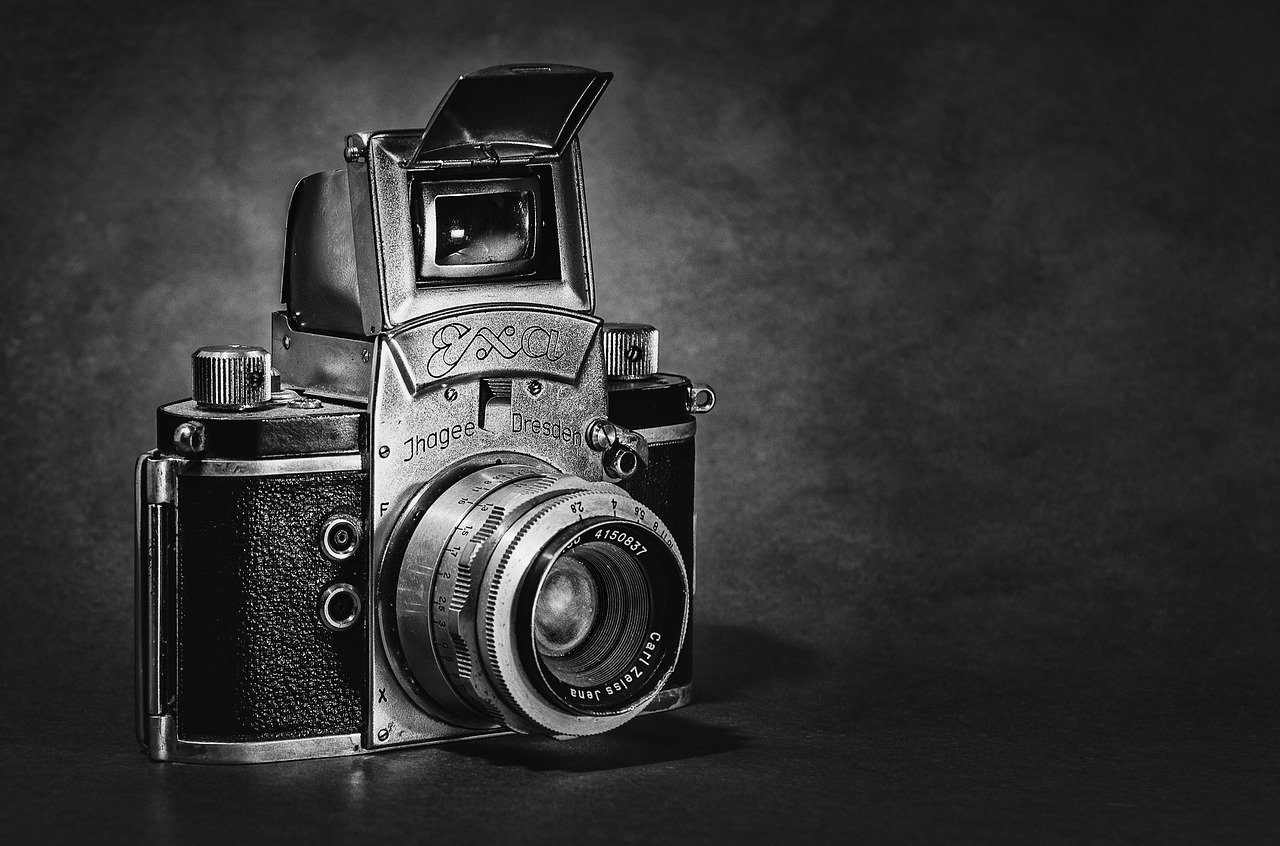
Classic Quilting Techniques
When it comes to quilting, classic techniques serve as the backbone of this beautiful craft. These time-honored methods have been passed down through generations, allowing quilters to create stunning pieces that tell stories of tradition and artistry. Whether you’re a novice or an experienced quilter, understanding these foundational techniques can elevate your quilting game to new heights. Imagine stepping into a world where every stitch connects you to the past, where each quilt holds a piece of history. That’s the magic of classic quilting!
One of the most fundamental techniques is the patchwork method. This involves sewing together various pieces of fabric to create a larger design. Think of it as assembling a jigsaw puzzle, where each piece contributes to the overall picture. The beauty of patchwork lies in its versatility; you can mix and match fabrics, colors, and patterns to reflect your personal style. For quilters looking to embrace this technique, books like "The Patchwork Quilt" by Jennifer Chiaverini can provide inspiration and guidance.
Another essential technique is appliqué, where fabric shapes are sewn onto a larger background fabric. This method allows quilters to add intricate designs and details that can transform a simple quilt into a work of art. Imagine creating a quilt adorned with beautiful flowers or whimsical animals, each piece carefully stitched to bring your vision to life. To master appliqué, consider resources like "Appliqué 12 Ways" by Edyta Sitar, which offers a comprehensive look at various appliqué styles.
Additionally, the quilting sandwich technique is crucial for finishing your quilts. It involves layering the quilt top, batting, and backing fabric to create a cohesive and durable piece. This process is akin to building a delicious sandwich where each layer plays a vital role in flavor and texture. Properly assembling your quilting sandwich ensures that your quilt not only looks great but also lasts for years to come. For tips on creating the perfect quilting sandwich, "Quilt As You Go" by Jera Brandvig is a fantastic resource.
Moreover, mastering the free-motion quilting technique can add a personal touch to your projects. This method allows you to move the quilt under the needle freely, creating unique designs and patterns. It’s like dancing with your sewing machine, where you have the freedom to express your creativity without constraints. Books such as "Free-Motion Quilting Made Easy" by Angela Walters can guide you through the process, helping you develop your style and confidence.
Incorporating these classic techniques into your quilting repertoire not only enhances your skills but also deepens your appreciation for the craft. Each stitch, each choice of fabric, and each design tells a story—your story. So, grab your fabric, thread, and sewing machine, and let’s dive into the world of quilting!
1. What is the best fabric for beginners?
When starting out, it's recommended to use 100% cotton fabric as it is easy to work with and widely available. It also holds up well during washing, making it perfect for quilts.
2. How do I choose the right batting for my quilt?
Choosing the right batting depends on the desired warmth and weight of your quilt. Cotton batting is great for breathability, while polyester offers more warmth and loft. Experiment with different types to see what works best for you!
3. Can I use my sewing machine for quilting?
Absolutely! Many quilters use their sewing machines for piecing and quilting. Just make sure to have the right foot for free-motion quilting if you want to try that technique!
4. How can I improve my quilting skills?
Practice makes perfect! Try tackling different patterns, join quilting groups for feedback, and don’t hesitate to take classes. Every quilt you make is a step toward mastering your craft.

Modern Quilting Innovations
In the ever-evolving world of quilting, have revolutionized how enthusiasts approach this beloved craft. Gone are the days when quilting was solely about traditional patterns and techniques. Today, quilters are embracing a plethora of new materials, methods, and designs that allow for greater creativity and personal expression. It's like taking a classic recipe and adding a twist of modern flair—suddenly, you have something uniquely delicious!
One of the most exciting aspects of modern quilting is the introduction of alternative materials. While cotton remains the fabric of choice for many quilters, materials such as bamboo, linen, and even recycled fabrics are gaining popularity. These fabrics not only offer unique textures and colors but also promote sustainability in the quilting community. Imagine creating a stunning quilt from repurposed fabrics that tell a story of their own!
Moreover, the advent of technology has made quilting more accessible and enjoyable than ever. With the rise of digital quilting software, quilters can now design intricate patterns on their computers before cutting any fabric. This innovation eliminates the guesswork and allows for precise planning, making it easier to visualize the final product. It's akin to having a blueprint for a house before laying the first brick—everything falls into place seamlessly!
In addition to software, modern quilting has also seen a surge in machine quilting techniques. Longarm quilting machines, for example, have transformed the way quilts are finished. These machines allow quilters to create intricate designs quickly and efficiently, which means less time spent on finishing and more time for creativity. Imagine being able to quilt a king-sized blanket in a fraction of the time it would take by hand—it's a game changer!
As for designs, modern quilting often embraces minimalism and asymmetry. This shift in style encourages quilters to think outside the box, breaking away from traditional symmetrical patterns. Instead of following the rules, modern quilters are crafting pieces that reflect their individuality, often using bold colors and unexpected shapes. It's like painting on a blank canvas—every quilter can create a masterpiece that speaks to their unique vision.
To further illustrate the impact of these innovations, consider the following table that highlights some key modern quilting techniques and their benefits:
| Technique | Description | Benefits |
|---|---|---|
| Digital Design | Using software to create quilt patterns. | Precision and ease of planning. |
| Longarm Quilting | Utilizing specialized machines for quilting. | Faster completion of large projects. |
| Alternative Fabrics | Incorporating materials like bamboo and linen. | Unique textures and sustainable practices. |
| Asymmetrical Designs | Creating quilts with non-traditional shapes. | Encourages creativity and personal expression. |
As we dive deeper into the world of modern quilting, it’s clear that these innovations are not just trends; they are a reflection of a vibrant community that values creativity and sustainability. Whether you're a seasoned quilter or a newbie, embracing these modern techniques can elevate your quilting game to new heights. So, grab your rotary cutter and let your imagination run wild—who knows what stunning creations await you on your quilting journey?
What are some popular modern quilting techniques?
Some popular techniques include digital design, longarm quilting, and the use of alternative fabrics. These methods help quilters achieve unique looks and faster results.
Can I use recycled materials for quilting?
Absolutely! Recycled materials add character to your quilts and promote sustainability, making them a fantastic choice for modern quilting.
Is modern quilting suitable for beginners?
Yes! Many modern quilting techniques are beginner-friendly, and there are plenty of resources available to help newcomers get started.

Understanding Fabric Choices
When it comes to quilting, the fabric you choose can make or break your project. It's like choosing the right paint for a masterpiece; the colors and textures you select will not only influence the look of your quilt but also its feel and durability. So, how do you navigate the vast ocean of fabric options? Let’s dive into the essentials!
First off, understanding the different types of fabrics is crucial. Quilters typically work with two main categories: natural and synthetic fabrics. Each type has its own unique properties that can affect your finished quilt. For instance, natural fabrics like cotton and linen are breathable and soft, making them ideal for cozy quilts. On the other hand, synthetic fabrics such as polyester can be more durable and resistant to wrinkles and fading.
Here’s a quick comparison to help you weigh your options:
| Fabric Type | Pros | Cons |
|---|---|---|
| Natural Fabrics | Soft, breathable, and biodegradable | Can shrink; may require special care |
| Synthetic Fabrics | Durable, wrinkle-resistant, and often more affordable | Less breathable; may not have the same feel as natural fabrics |
Now, let’s talk about color choices. Color theory plays a significant role in quilting and can drastically alter the mood and impact of your quilt. When selecting fabrics, consider how the colors will interact. You might opt for a monochromatic scheme for a soothing effect, or a complementary scheme to create a vibrant contrast. The right color combination can elevate your quilt from ordinary to extraordinary!
As you explore fabric choices, don't forget to think about the texture. Mixing different textures can add depth and interest to your quilt. For instance, pairing smooth cotton with a textured linen can create a visually striking effect. Just remember, the texture can also affect how the quilt drapes and feels, so choose wisely!
In summary, understanding fabric choices is a vital step in your quilting journey. By considering the type, color, and texture of the fabrics you select, you can craft quilts that not only look stunning but also feel amazing. So, the next time you're at the fabric store, take a moment to think about how your choices will impact your project. Happy quilting!
- What is the best fabric for beginners? Cotton is often recommended due to its ease of use and availability.
- Can I mix different fabric types in one quilt? Yes, but be mindful of how they will behave together in terms of washing and wear.
- How do I care for my quilt after it's finished? Most quilts can be machine washed on a gentle cycle, but always check the fabric care labels.
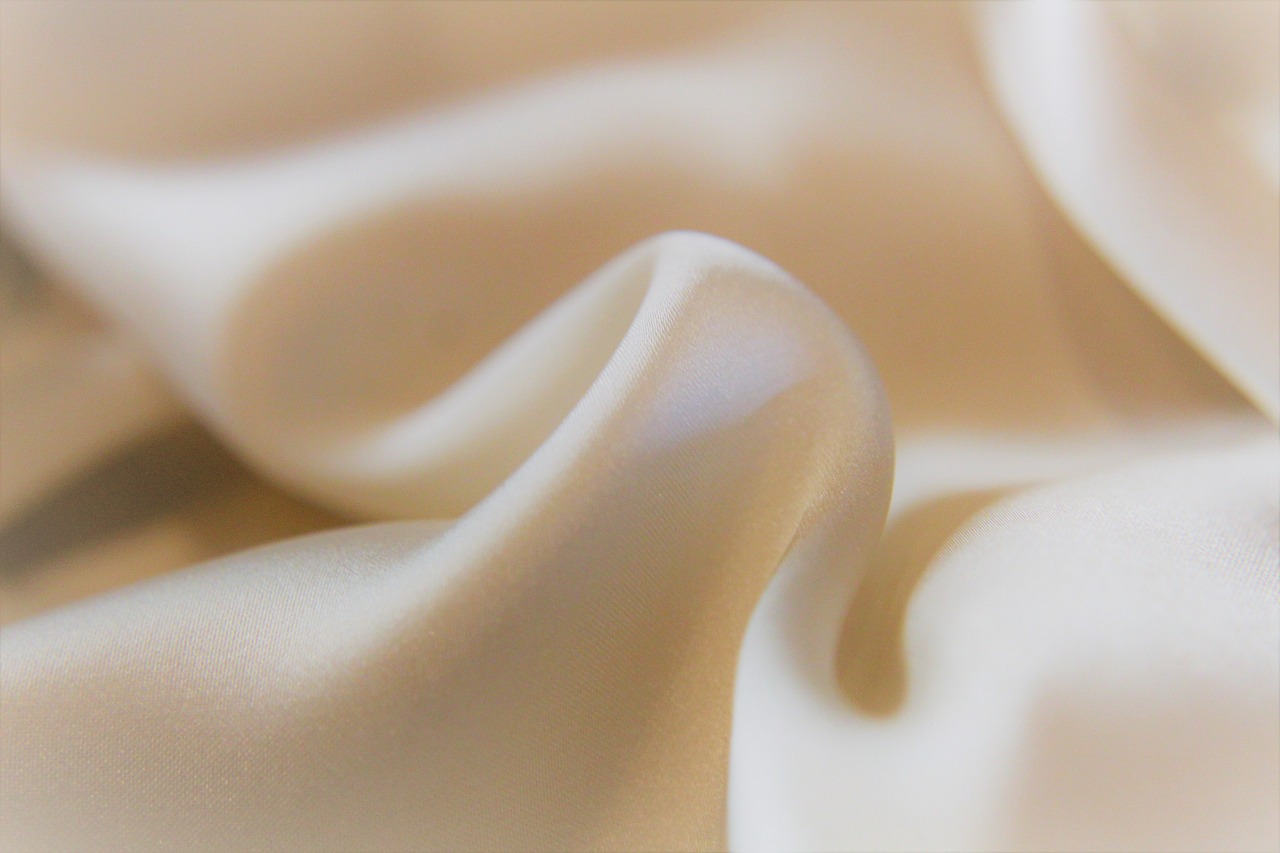
Natural vs. Synthetic Fabrics
When it comes to quilting, one of the most crucial decisions you'll face is the choice between natural and synthetic fabrics. Each type has its own set of advantages and disadvantages that can significantly impact your quilting experience and the final product. Understanding these differences is essential for any quilter looking to elevate their craft.
Natural fabrics, such as cotton, linen, and silk, are derived from plants or animals. They are often favored for their breathability, softness, and durability. Cotton, in particular, is a quilter's best friend, thanks to its ability to hold shapes well and its compatibility with various quilting techniques. Quilts made from natural fabrics tend to have a luxurious feel and can be more comfortable against the skin. However, they can also be prone to shrinking and may require careful washing and maintenance.
On the flip side, we have synthetic fabrics, like polyester and nylon. These are man-made materials that often boast impressive resilience and colorfastness. Synthetic fabrics are less likely to shrink and can be more resistant to stains, making them a practical choice for busy households. They also come in a variety of textures and finishes, allowing quilters to explore unique design possibilities. However, they may lack the breathability and warmth of natural fibers, which can be a drawback for those looking to create cozy quilts.
| Fabric Type | Advantages | Disadvantages |
|---|---|---|
| Natural Fabrics |
|
|
| Synthetic Fabrics |
|
|
Ultimately, the choice between natural and synthetic fabrics will depend on your specific project and personal preferences. If you're aiming for a traditional quilt with a classic feel, natural fabrics may be the way to go. However, if you're looking for something more modern and low-maintenance, synthetic options could be your best bet. Whichever you choose, understanding the properties of each will help you make an informed decision and create beautiful quilts that you'll cherish for years to come.
Q: Can I mix natural and synthetic fabrics in a quilt?
A: Yes! Mixing fabrics can create interesting textures and visual appeal. Just be mindful of the care instructions for each type of fabric.
Q: How do I care for quilts made from natural fabrics?
A: It's best to wash them in cold water and air dry or tumble dry on low heat to prevent shrinking.
Q: Are synthetic fabrics suitable for baby quilts?
A: Yes, synthetic fabrics can be a good choice for baby quilts due to their durability and stain resistance, but ensure they are soft and safe for babies.
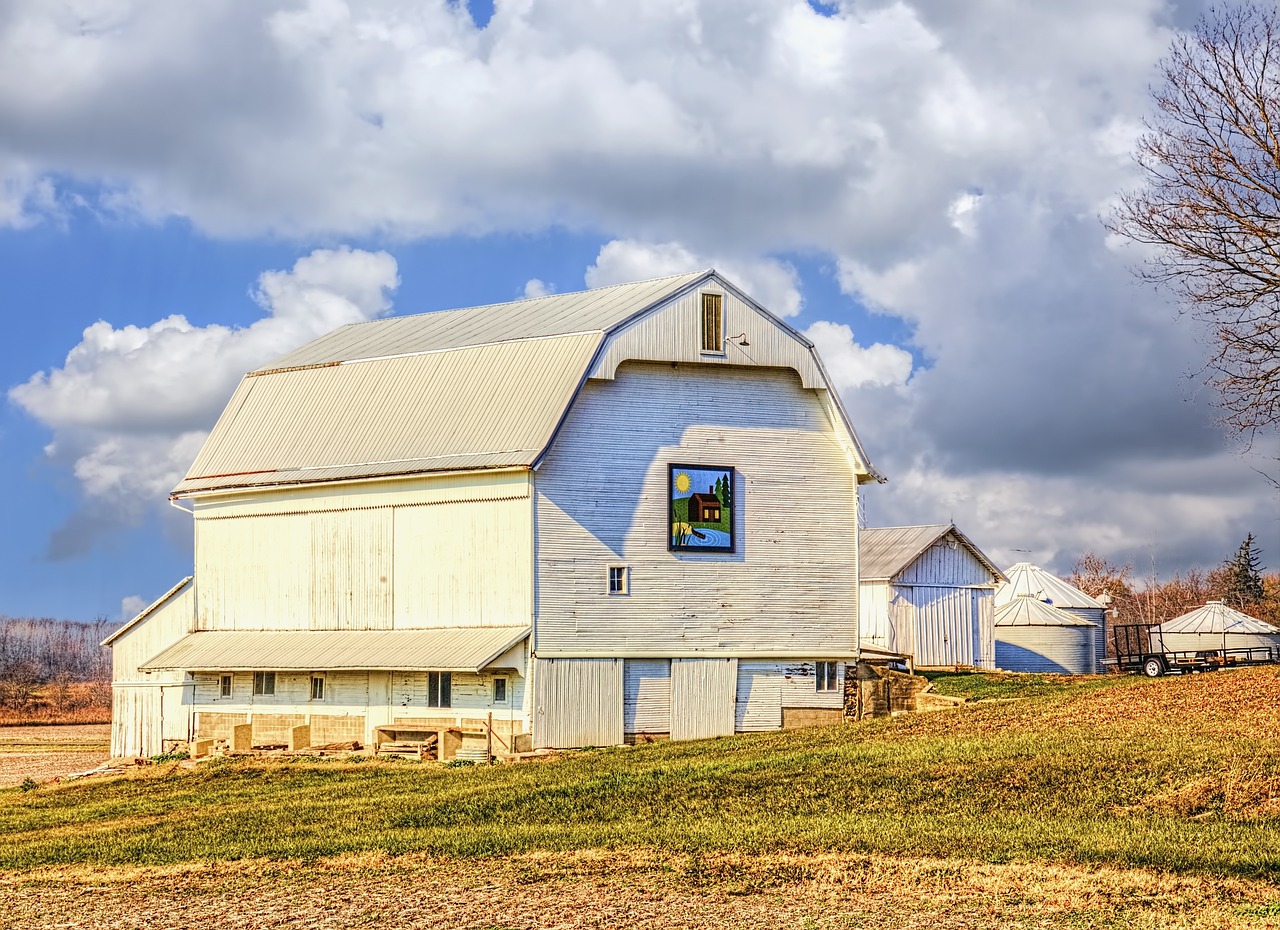
Color Theory in Quilting
When it comes to quilting, color is more than just a visual element; it’s the heartbeat of your creation. Understanding color theory can elevate your quilting projects from ordinary to extraordinary. Imagine walking into a room filled with quilts, each one singing in harmony with its colors, creating a symphony that draws the eye and warms the heart. So, how do you achieve this? Let’s dive into the basics of color theory and explore how it can transform your quilting experience.
At its core, color theory revolves around the color wheel, a tool that organizes colors in a way that helps quilters understand their relationships. The primary colors—red, blue, and yellow—are the building blocks, while secondary colors—green, orange, and purple—are created by mixing these primaries. Tertiary colors arise from mixing a primary with a secondary color. By grasping these fundamentals, quilters can start to play with combinations that evoke emotion and set the mood for their quilts.
One of the most effective ways to create a cohesive quilt is by using color schemes. Here are a few popular schemes to consider:
- Monochromatic: This scheme uses variations of a single color, creating a subtle and serene effect.
- Analogous: These colors sit next to each other on the color wheel. For example, blue, blue-green, and green create a harmonious blend.
- Complementary: This scheme uses colors opposite each other on the wheel, such as blue and orange, creating a vibrant contrast that can energize a quilt.
- Triadic: By selecting three colors that are evenly spaced on the color wheel, quilters can create a balanced yet dynamic design.
Now, let’s talk about the psychology of color. Each color can evoke different feelings and responses, which is crucial when you’re choosing fabrics for your quilt. For instance, warm colors like reds and yellows can create a sense of warmth and excitement, while cool colors like blues and greens often evoke calmness and tranquility. Think about the message you want your quilt to convey and choose your colors accordingly. Are you aiming for a cozy throw for a chilly evening, or a bright, lively quilt for a child’s room? The colors you select will play a pivotal role in conveying that intention.
Additionally, consider how light affects color. Natural light can make colors appear more vibrant, while artificial lighting may dull them. Always test your fabric choices in the lighting conditions where the quilt will be displayed. This simple step can save you from the disappointment of a quilt that looks stunning in the store but falls flat at home.
Finally, don’t be afraid to experiment! Color theory provides a foundation, but quilting is an art form, and art is all about personal expression. Try mixing unexpected colors or patterns and see how they work together. Sometimes, the most beautiful quilts come from daring choices and a bit of creative risk-taking.
In summary, understanding color theory is essential for any quilter looking to enhance their craft. By mastering color combinations, understanding the psychological impact of colors, and experimenting with different fabrics, you can create quilts that are not only visually stunning but also evoke emotion and tell a story. So grab your fabric stash and let your imagination run wild—your next masterpiece awaits!
Q: How do I choose the right colors for my quilt?
A: Start by considering the mood you want to convey. Use the color wheel to explore different color schemes and experiment with fabric swatches to see how they look together in different lighting.
Q: Can I mix patterns with my colors?
A: Absolutely! Mixing patterns can add depth and interest to your quilt. Just make sure to balance busy prints with solid colors to prevent overwhelming the design.
Q: What if I’m not confident in my color choices?
A: Don’t worry! Many quilters feel the same way. Start with a color palette you love and build from there. You can also look for inspiration in nature, art, or even other quilts.
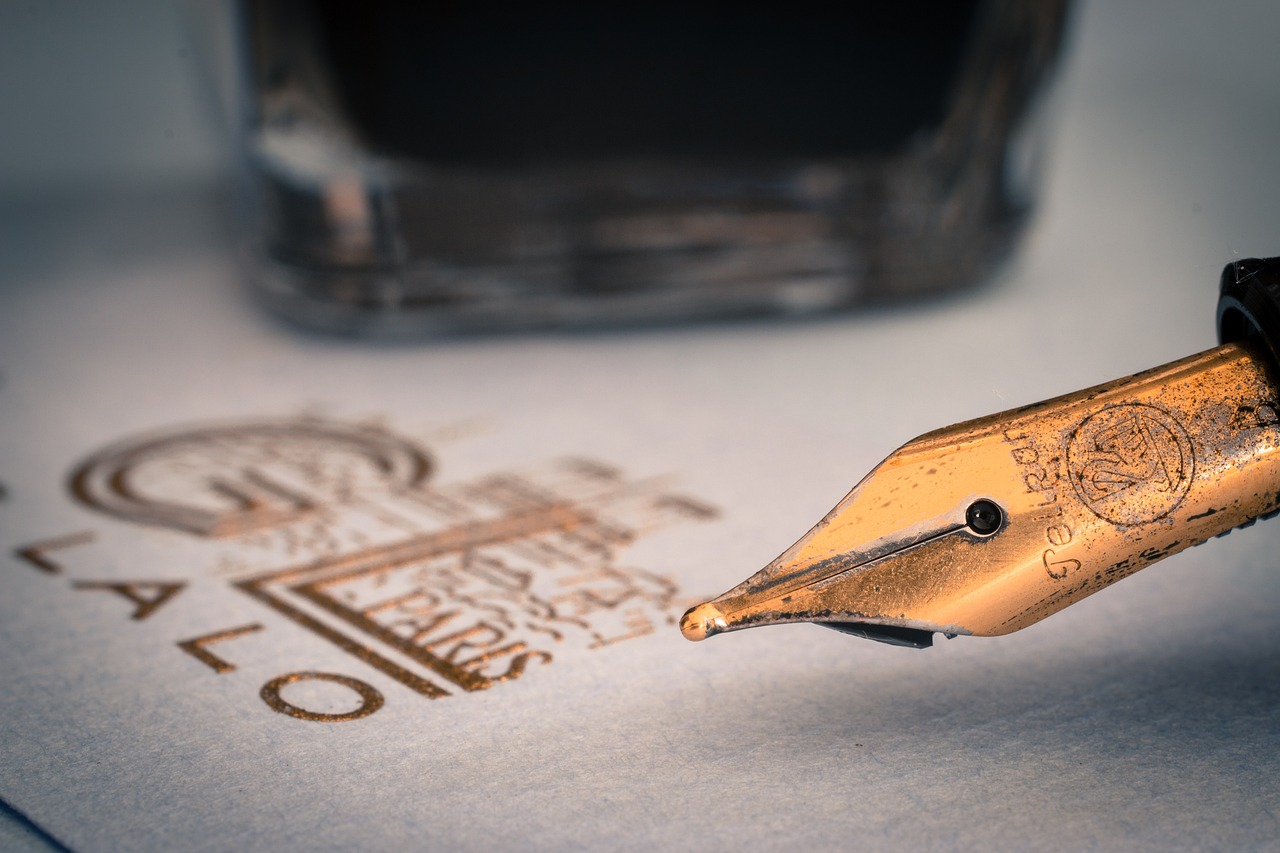
Essential Quilting Tools
When it comes to quilting, having the right tools can make all the difference between a frustrating experience and a joyous one. Imagine trying to build a house without a hammer or nails; that’s what it feels like for a quilter without their essential tools! Whether you’re a newbie just starting out or a seasoned pro, equipping yourself with the right gear can elevate your quilting game to new heights.
First and foremost, let’s talk about the rotary cutter. This nifty tool is a quilter’s best friend, allowing for precise cuts that scissors simply can’t achieve. It’s like having a superhero in your sewing kit! Pair it with a self-healing cutting mat, and you’ve got a match made in quilting heaven. The cutting mat protects your surfaces while also prolonging the life of your blades. Remember, a dull blade can lead to uneven cuts, which can mess up your entire project.
Next on the list is the quilting ruler. This transparent tool not only helps you measure accurately but also allows you to see your fabric underneath, making it easier to align your cuts perfectly. If you’re into patchwork, having a ruler with grid lines is essential for achieving those straight seams. It’s like having a map guiding you through the quilting landscape!
Another indispensable tool is the sewing machine. While some quilters enjoy hand-sewing, a good sewing machine speeds up the process significantly. Look for features like adjustable stitch length and a walking foot, which helps to evenly feed multiple layers of fabric through the machine. If you’re serious about your quilting, investing in a quality machine can be a game changer.
Now, let’s not forget about pins and clips. These little guys may seem small, but they play a huge role in keeping your fabric layers aligned. Think of them as the glue that holds your quilt together before you sew! While traditional pins are great, many quilters are now opting for fabric clips, especially for thicker layers, as they can be easier to manage and won’t leave holes in your fabric.
Lastly, a seam ripper is a must-have in every quilter's toolbox. It’s the unsung hero that saves the day when mistakes happen. Instead of panicking over a misplaced stitch, you can simply reach for your seam ripper and fix it in no time. Remember, every quilter makes mistakes; it’s part of the learning process!
To summarize, here’s a quick table of essential quilting tools:
| Tool | Function |
|---|---|
| Rotary Cutter | For precise fabric cuts |
| Cutting Mat | Protects surfaces and blades |
| Quilting Ruler | Measures and aligns fabric |
| Sewing Machine | Speeds up the sewing process |
| Pins and Clips | Holds fabric layers together |
| Seam Ripper | Fixes sewing mistakes |
With these tools in your arsenal, you’ll be well on your way to creating beautiful quilts that you can be proud of. So, what are you waiting for? Grab your tools, unleash your creativity, and let the quilting adventures begin!
- What is the most important tool for a beginner quilter? The rotary cutter is often considered the most important tool, as it allows for precise cuts and makes the quilting process much easier.
- Do I really need a sewing machine for quilting? While hand-sewing is possible, a sewing machine significantly speeds up the process and can handle multiple layers of fabric more efficiently.
- Can I use regular scissors instead of a rotary cutter? While you can use scissors, a rotary cutter is recommended for cleaner, more accurate cuts.
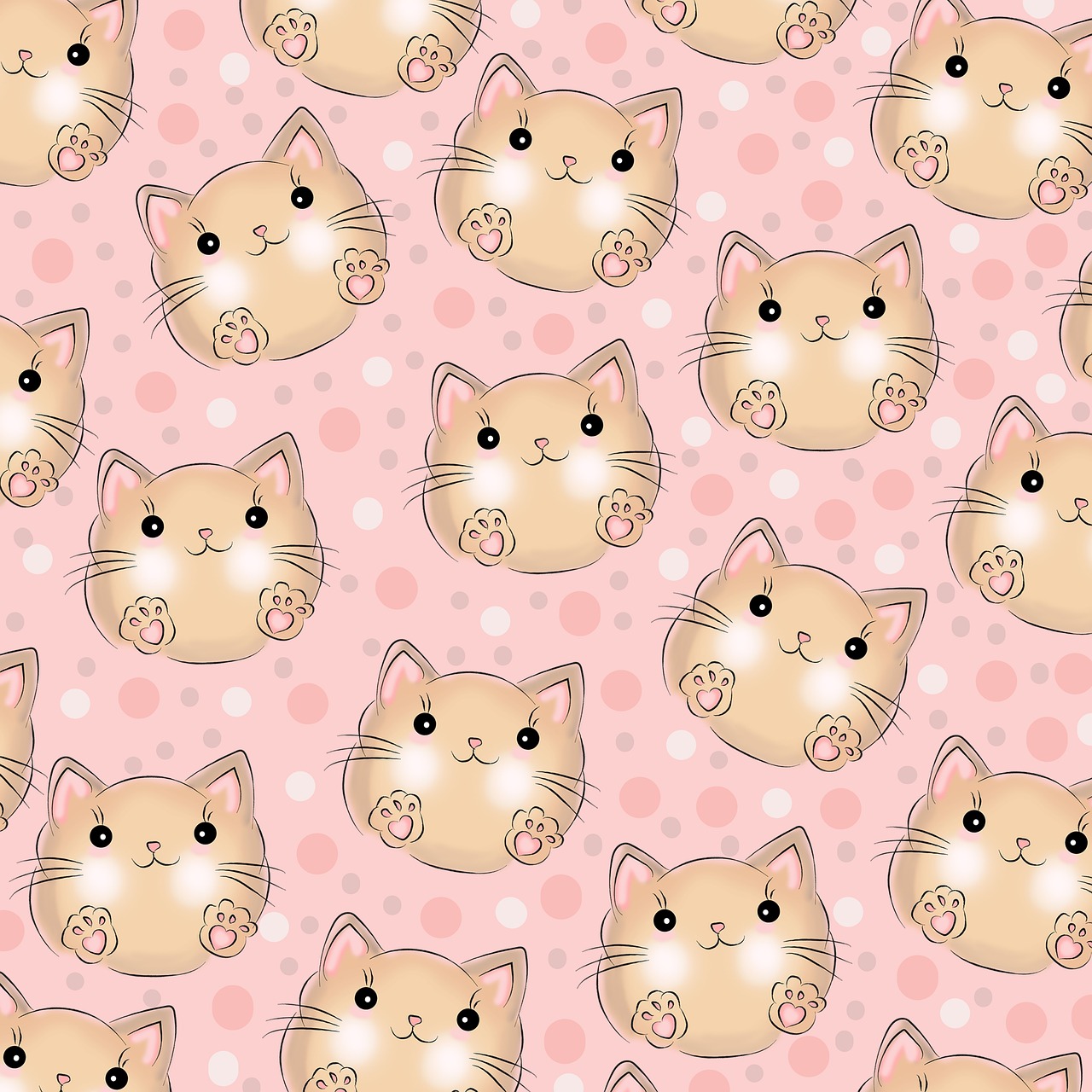
Inspirational Quilt Patterns
Quilting is more than just a craft; it's a form of storytelling. Each quilt pattern tells a tale, sparking creativity and inspiration in every stitch. Whether you're a novice or a seasoned quilter, having a repertoire of can elevate your projects and keep your passion alive. Think of quilt patterns as the blueprints of your creativity—guiding you through the process while allowing your imagination to run wild. So, what are some patterns that should definitely be on your radar?
One of the most beloved quilt patterns is the classic Log Cabin. This pattern is not only visually appealing but also rich in history. It symbolizes warmth and home, making it a favorite for many quilters. The beauty of the Log Cabin pattern lies in its versatility; you can use various fabric colors and designs to create a unique look that reflects your style.
Another pattern worth exploring is the Flying Geese design. This pattern consists of triangles that come together to form a series of “geese” flying in formation. It's perfect for those who want to add a dynamic element to their quilts. Plus, the Flying Geese pattern can be adapted to suit any season or occasion, making it a timeless choice.
If you're looking to challenge yourself, consider the Mariner's Compass. This intricate pattern is a true testament to a quilter's skill, featuring a stunning star design that radiates from the center. While it may take more time and effort to master, the end result is a breathtaking quilt that will surely impress anyone who sees it.
For those who prefer a more modern aesthetic, the Modern Quilt movement has brought forth exciting new designs. These patterns often feature bold colors, geometric shapes, and asymmetrical layouts. They invite quilters to break free from traditional constraints and explore their creativity in a whole new way. Just imagine a quilt that looks like a piece of contemporary art—how cool is that?
Now, let’s not forget about seasonal quilt projects. Patterns inspired by the changing seasons can breathe life into your quilting journey. For instance, a Harvest Quilt adorned with autumn leaves and pumpkins can be a delightful addition to your home decor during the fall. Similarly, a Winter Wonderland Quilt featuring snowflakes and icy blues can warm your heart during the chilly months. These seasonal quilts not only beautify your space but also create a sense of festivity.
As you explore these patterns, remember that quilting can also be a way to give back. Many quilters participate in charitable projects, creating quilts for those in need. Patterns that are quick and easy to sew, such as the Square in a Square or Nine Patch, are perfect for these initiatives. Not only do they provide warmth, but they also spread joy and comfort, fostering a sense of community among quilters.
In conclusion, having a collection of inspirational quilt patterns is essential for any quilter. They not only serve as guides but also ignite your creativity, helping you to express your unique style. So, gather your fabric, pick a pattern, and let your quilting journey unfold!
- What is the best pattern for beginners? The Nine Patch is often recommended for beginners due to its simplicity and ease of assembly.
- Can I mix different fabric styles in one quilt? Absolutely! Mixing fabrics can create a visually stunning quilt that reflects your personal style.
- How do I choose a pattern for a specific occasion? Consider the theme or colors of the event, and choose a pattern that complements it. Seasonal patterns often work well for holidays.
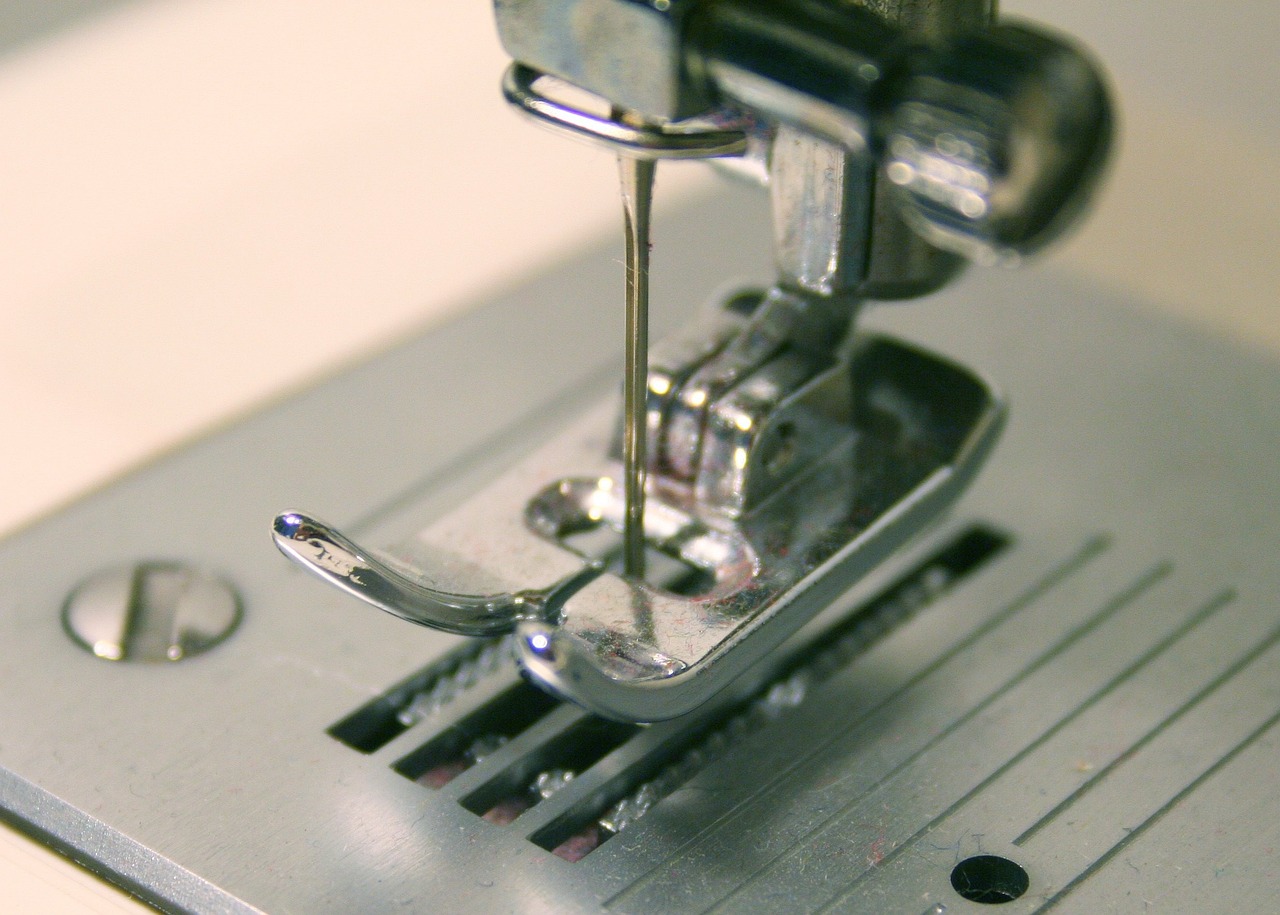
Seasonal Quilt Projects
When it comes to quilting, the seasons provide a rich tapestry of inspiration that can elevate your craft to new heights. Imagine wrapping yourself in a cozy quilt that reflects the vibrant colors of autumn leaves or a bright, cheerful piece that captures the essence of spring blooms. Seasonal quilt projects not only allow you to express your creativity but also create warm, inviting pieces that can enhance your home decor throughout the year. Whether you're a beginner or a seasoned quilter, these projects can bring joy and a sense of accomplishment as you stitch together your seasonal masterpieces.
One of the most delightful aspects of seasonal quilting is the opportunity to play with various fabrics, patterns, and colors that resonate with each time of year. For instance, during the fall, you might opt for rich oranges, deep reds, and earthy browns, reminiscent of pumpkin patches and apple orchards. In contrast, summer quilts can be bright and airy, featuring pastels and floral patterns that evoke sunlit days. Each season presents a unique palette and theme, allowing quilters to explore their artistic side.
Here are a few ideas for seasonal quilt projects that you can dive into:
- Spring Blossoms Quilt: Use floral fabrics to create a quilt that celebrates the renewal of life. Incorporate appliqué techniques to add dimension and texture.
- Summer Picnic Quilt: Design a lightweight quilt perfect for outdoor gatherings. Bright colors and fun patterns can make this quilt a favorite for family picnics.
- Autumn Harvest Quilt: Gather fabrics in shades of orange, yellow, and brown to create a quilt that embodies the spirit of harvest time.
- Winter Wonderland Quilt: Use cool blues and whites, perhaps with snowflake patterns, to craft a quilt that captures the serene beauty of winter.
As you embark on these seasonal projects, consider how you can incorporate personal touches that reflect your style and memories. Perhaps you have a fabric that reminds you of a family gathering or a vacation. Including these elements can make your quilt even more special. Additionally, you might want to explore techniques such as patchwork, appliqué, or even paper piecing to add complexity and interest to your designs.
Moreover, seasonal quilts can also serve as wonderful gifts. Imagine gifting a handmade quilt that reflects the recipient's favorite season or colors! It’s a heartfelt gesture that shows thoughtfulness and care, making it a cherished keepsake. Not to mention, quilts can be a great way to celebrate holidays, such as creating a special quilt for Thanksgiving or Christmas that can be displayed year after year.
In conclusion, seasonal quilt projects not only enhance your quilting skills but also allow you to connect with the changing seasons in a creative way. So grab your fabrics, unleash your imagination, and let the seasons inspire your next quilting adventure!
Q: What is the best fabric to use for seasonal quilts?
A: The best fabric often depends on the season. For summer quilts, lightweight cottons work well, while flannels are great for winter projects. Always consider the texture and weight you want for your quilt.
Q: How can I personalize my seasonal quilt?
A: You can personalize your quilt by incorporating fabrics that hold sentimental value, adding appliqué designs that reflect personal interests, or even including embroidered messages or dates.
Q: Are there specific patterns that work best for seasonal quilts?
A: Yes! Patterns that reflect seasonal themes, such as leaves for fall or snowflakes for winter, can enhance the seasonal vibe of your quilt. Look for patterns that inspire you and fit the season you are celebrating.
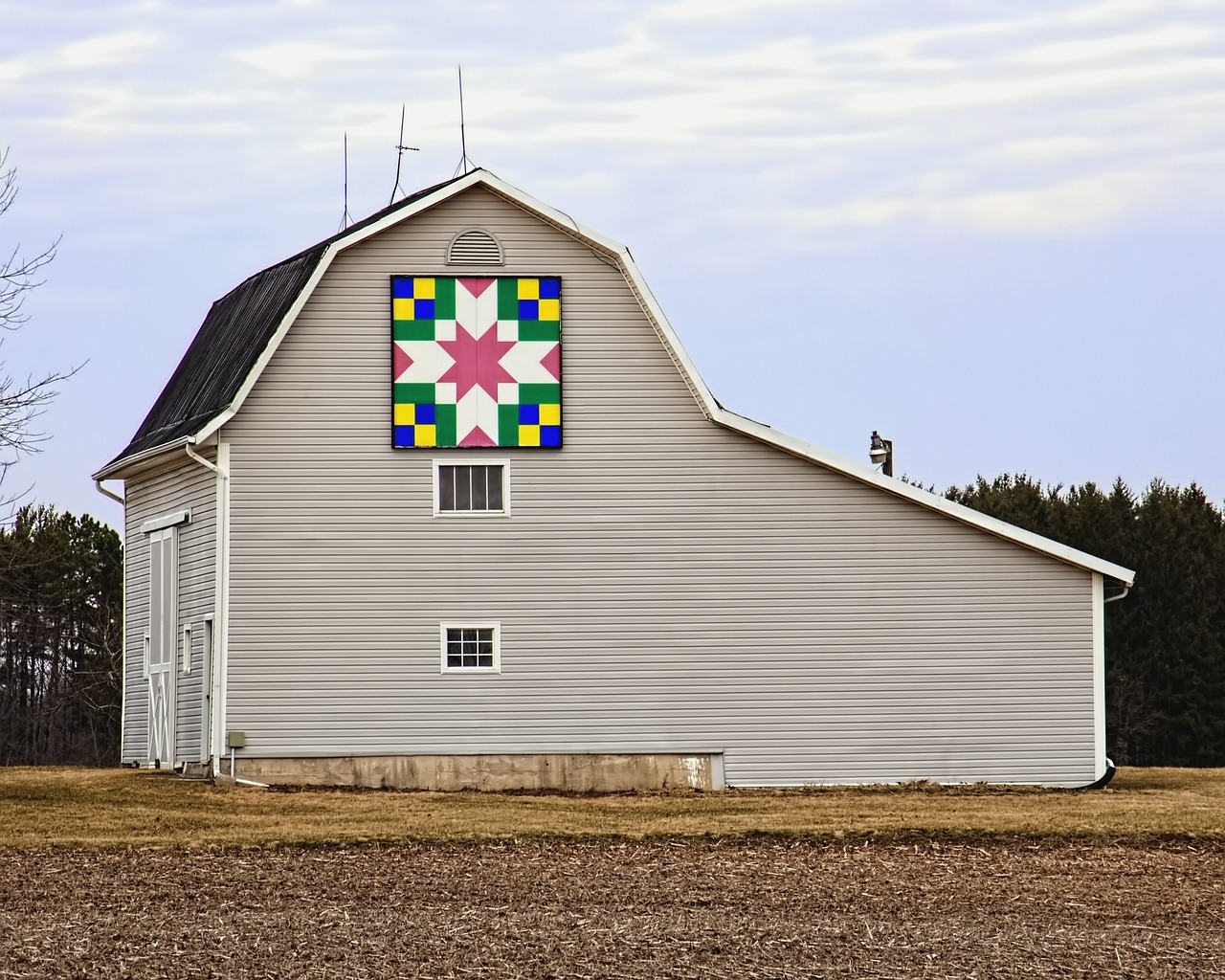
Quilting for Charity
Quilting for charity is not just a creative outlet; it's a heartfelt way to make a difference in the lives of others. When you pick up your fabric and thread, you're not only stitching together beautiful patterns but also weaving compassion and kindness into every square inch of your quilt. Imagine the joy that a cozy quilt can bring to someone in need—it's like wrapping them in a warm hug! Whether you're a seasoned quilter or just starting out, there are countless opportunities to use your skills to help those less fortunate.
Many organizations and local communities rely on the generosity of quilters to provide warmth and comfort to individuals facing hardships. From homeless shelters to children's hospitals, your quilts can brighten someone's day and provide a sense of security. If you're wondering where to start, here are a few ideas:
- Local Charities: Reach out to shelters or community centers in your area to see if they accept quilt donations.
- National Organizations: Groups like Project Linus and Quilts of Valor are dedicated to providing quilts to children in need and veterans, respectively.
- Fundraising Events: Participate in quilting bees or charity auctions where your quilts can be sold to raise funds for important causes.
One of the most rewarding aspects of quilting for charity is the sense of community it fosters among quilters. Many quilting groups come together specifically to create quilts for charitable purposes, turning the act of quilting into a social event. These gatherings are filled with laughter, shared stories, and the collective goal of making a positive impact. Plus, you get to meet fellow quilters who share your passion for both the craft and giving back!
When creating quilts for charity, consider the following tips to ensure your efforts are truly impactful:
| Tip | Description |
|---|---|
| Choose Durable Fabrics | Opt for materials that can withstand repeated washing and wear, ensuring the quilts remain usable over time. |
| Focus on Comfort | Soft, cozy fabrics will provide the most comfort to those receiving the quilts, making them feel cared for. |
| Incorporate Personal Touches | Add labels or personal messages to your quilts, letting recipients know they are loved and supported. |
Quilting for charity is a beautiful way to express your creativity while also making a significant impact in the world. Each quilt you create is not just a piece of art; it’s a message of hope and love. So, gather your fabric, rally your friends, and start stitching for a cause. You’ll find that the joy of giving is just as fulfilling as the joy of creating.
Q: How can I find local charities that accept quilt donations?
A: Start by contacting local shelters, hospitals, or community centers. Many will have specific programs in place for accepting quilt donations.
Q: What types of quilts are best for charity?
A: Generally, quilts that are durable, easy to wash, and made from soft fabrics are ideal. Consider making lap quilts or twin-sized quilts, as they are versatile and suitable for various recipients.
Q: Can I get involved in quilting for charity if I'm a beginner?
A: Absolutely! Many organizations welcome quilters of all skill levels. You can start with simple patterns and gradually challenge yourself as you gain confidence.
Frequently Asked Questions
- What are some classic quilting techniques I should know?
Classic quilting techniques include methods like piecing, appliqué, and hand quilting. These foundational skills have been passed down through generations and are essential for creating beautiful, traditional quilts. Mastering these techniques can help you appreciate the history of quilting while enhancing your own projects.
- How has modern quilting changed the craft?
Modern quilting has introduced innovative materials and techniques that allow for greater creativity. With the use of bold colors and unique patterns, quilters can now express their artistic vision in exciting new ways. This evolution has made quilting more accessible and appealing to a younger audience.
- Why is fabric choice important in quilting?
Fabric choice is crucial because it affects the overall look and feel of your quilt. Different fabrics have varying textures, weights, and drapes, which can significantly influence your design. Choosing the right materials can elevate your quilt from ordinary to extraordinary!
- What are the benefits of using natural fabrics versus synthetic fabrics?
Natural fabrics, like cotton and linen, are breathable and often easier to work with, while synthetic fabrics, like polyester, can offer durability and resistance to wrinkles. The choice ultimately depends on your project requirements and personal preferences, so it's good to weigh the pros and cons of each.
- How does color theory apply to quilting?
Color theory is essential in quilting as it helps you create harmonious designs. Understanding concepts like complementary colors and color wheel relationships can guide you in selecting fabrics that work well together, making your quilts visually stunning.
- What essential tools do I need for quilting?
Every quilter should have a few essential tools, including a rotary cutter, cutting mat, quilting ruler, and sewing machine. These tools make the quilting process more efficient and enjoyable, ensuring you have everything you need to create your masterpiece!
- Can you recommend any beginner-friendly quilt patterns?
Absolutely! Patterns like the "Nine Patch" or "Log Cabin" are great for beginners. They’re simple yet allow for creativity, making them perfect for those just starting their quilting journey. Plus, you can always add your twist to make them uniquely yours!
- How can I incorporate seasonal themes into my quilts?
Incorporating seasonal themes can be as simple as using colors and patterns that reflect the time of year. For instance, warm tones and leaf patterns for fall, or bright pastels for spring. Seasonal quilting projects can add a festive touch to your home decor!
- What is the significance of quilting for charity?
Quilting for charity is a wonderful way to give back to the community. By creating quilts for those in need, you not only provide warmth and comfort but also foster a sense of connection and purpose within the quilting community. It's a rewarding experience that makes a real difference!



















